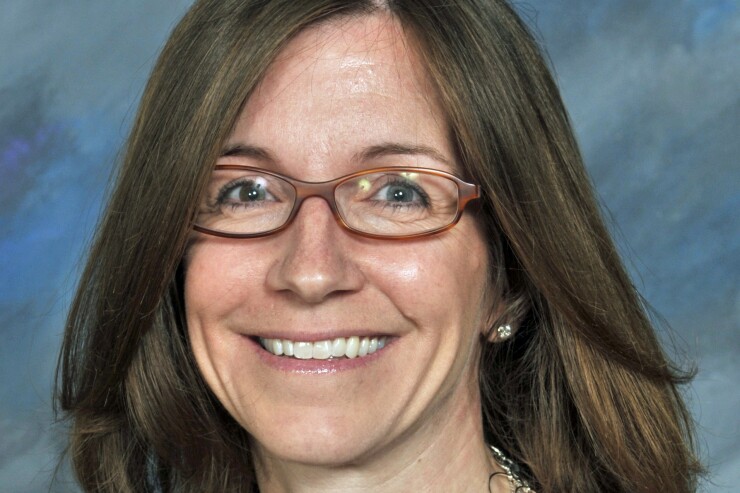Charter-school stress breaks record with pandemic aid ending
2 min read

The number of distressed charter schools rose to a record in the beginning of 2024 as the sector struggles with the end of pandemic assistance and rising costs.
So far this year, five charter schools have become impaired, meaning a borrower has defaulted on their debt, broken a covenant or used some emergency means to make a payment. The impairments bring the total to 55 schools, according to a report by Municipal Market Analytics, a record that eclipsed the previous peak set during the early months of the pandemic in 2020.
Charter schools, which are privately run and publicly funded, have
“It’s hard to not be cautious and somewhat more concerned when you see an uptick in impairments like we’ve seen,” said Lisa Washburn, chief credit officer at Municipal Market Analytics. “You have got to really look at the school and focus on how it’s performing academically.”
An index of high-yield education debt comprised of mostly charter school securities has lost 1.7% so far this year, more than other risky muni sectors, according to data compiled by Bloomberg. High-yield municipal bonds broadly have dropped just 0.5% over the same period.
One such example is Cyber Village Academy, a Minneapolis charter school, which became impaired after the school’s net-income-available for debt service fell below the level required by bondholders, according to a February
Dan Solender, head of municipal debt at Lord Abbett & Co., said the sector is broadly strong because it includes both larger charter schools that have multiple sites, as well as small ones. And on a sector level, enrollment has ballooned. Over the last four years, the charter sector nationally added 300,000 students, an increase of 9%, according to a December
“Some of the smaller ones might be having cost issues and maybe the funding itself is not keeping up, but it’s not showing up as a material factor across most of the sector,” Solender said.
Solender’s outlook for the overall sector is positive, given the high demand for charter schools in states like Texas and Arizona, where the population is growing rapidly.





